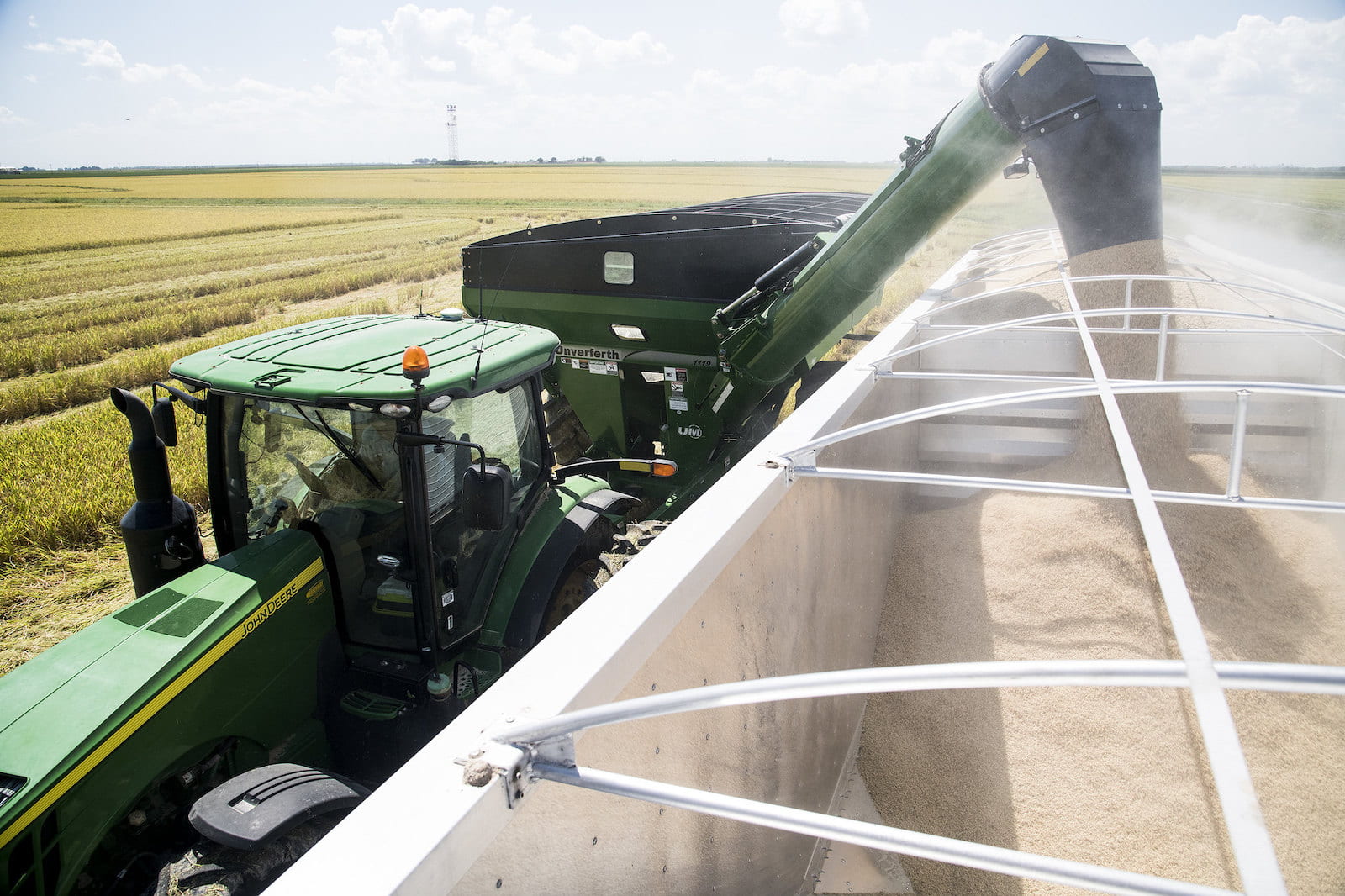Baseline Report Projects International Rice Markets for Next Decade


Alvaro Durand-Morat
Assistant Professor of Agricultural Economics and Agribusiness
Contact Alvaro Durand-Morat

Subir Bairagi
Adjunct Assistant Professor of Agricultural Economics and Agribusiness
Contact Subir Bairagi
The Problem
Arkansas is the leading U.S. rice producing state, growing nearly half of the rice grown in the country, and is the leading U.S. rice exporter, with about half of the annual rice crop exported to global markets. The COVID-19 pandemic created a spike in global rice prices in the second quarter of 2020. Since then, rice prices have remained higher than expected despite ample rice stocks and record global rice production in 2020. This is largely because of the response of international rice producing and exporting countries to market uncertainties sparked by the pandemic. The behaviors of international markets affect market drivers in the U.S., and especially in Arkansas with its majority share of U.S. rice production. Understanding these market-driving forces and anticipating future paths is essential for planning and managing U.S. rice crops and resulting stocks.
The Work
Alvaro Durand-Morat, assistant professor of agricultural economics and agribusiness for the Arkansas Agricultural Experiment Station, and Subir Bairagi, post-doctoral research associate, used the Arkansas Global Rice Model, developed by AAES, to generate a baseline projection of the global rice economy. The AGRM is a partial equilibrium economic model that covers more than 70 rice-producing, rice-consuming and rice-trading countries. Each of the included rice economies is represented by a system of equations that represent rice demand, production, trade and prices for long-grain and medium-grain rice — the two most common types in global markets. Domestic support and trade policies are included in the model equations.
Results
Based on the results from model simulations, global rice production and consumption will continue to grow strong over the next decade. Global rice production is projected to surpass consumption for most of the coming decade, but a small deficit in production is expected by the end of the projected decade. Production is expected to grow despite a reduction in rice acres, caused exclusively by projected improvements in yields.
Although per-capita consumption of rice is expected to stagnate, worldwide population growth will cause a rise in rice consumption. International prices of long-grain and medium-grain rice are projected to increase nominally but will decrease in real terms because of inflation and ample rice supplies. The world rice production and consumption map are likely to change over the next decade, with production decreasing in China, South Korea and Brazil and growing mostly in Tanzania, Madagascar, Egypt and Nigeria. Total rice consumption is expected to decline in Japan, South Korea and Brazil, but grow strongly in Iran, Madagascar and Nigeria. These changes in rice production and consumption are projected to push global rice trade to new record levels.
The Value
The International Rice Outlook: International Rice Baseline Projections 2020-2030 establishes a baseline projection of global rice markets for the next decade. The report from the AAES is one of only a few international outlooks available for rice. It is essential from a policy standpoint for developing farm bills and conducting trade negotiations, especially for a crop like rice where half of it is exported. What happens to America’s trading partners directly affects American rice growers and exporters.
Fundings
Primary – Arkansas rice grower check-off funds administered by the Arkansas Rice Research and Promotion Board
Secondary — The Arkansas Agricultural Experiment Station, University of Arkansas System Division of Agriculture
About the Researchers

Alvaro Durand-Morat
Assistant Professor of Agricultural Economics and Agribusiness
Ph.D. in Public Policy, University of Arkansas
M.S. in Agricultural Economics, University of Arkansas
B.S. in Agricultural Engineering, National University of Entre Rios, Argentina
Research specializes in rice economic modeling. He leads the Arkansas Global Rice Economic Program for the Arkansas Agricultural Experiment Station. His latest research focuses on the impact of production technologies and the impact of trade policies on the global rice market.

Subir Bairagi
Adjunct Assistant Professor of Agricultural Economics and Agribusiness
Ph.D. in Agricultural Economics, University of Nebraska-Lincoln
M.S. in Agricultural Economics, University of Nebraska-Lincoln
Research focuses on applied economics, empirical econometrics, industrial organization and natural resource economics
